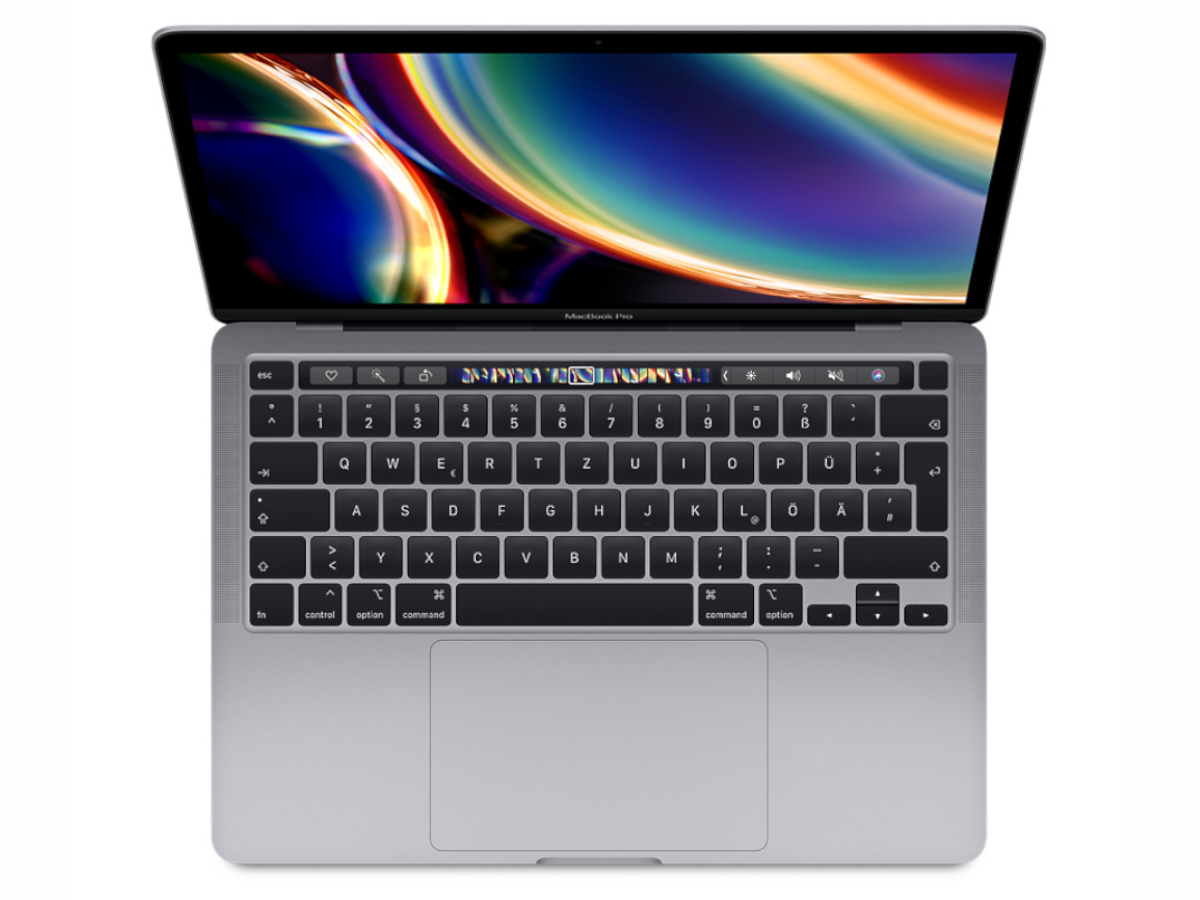
This isn't high-speed storage, like the SSD in your MacBook, but it's nifty enough to store documents and media. It comes in sizes up to 256 GB for around $70. USB Type-C MacBook owners are, unfortunately, out of luck. USB Type-A is a larger port, and manufacturers have been able to take advantage of the size to squeeze in flash memory. If you rely on a MacBook Pro as your business desktop replacement or mobile computing companion, you may want to keep an eye on your system's CPU usage to diagnose a system slowdown or see which. Delete Large Files on your Mac. Instead of deleting a hundred small files and images, first of. Apr 11, 2018 If you've got an old Mac that's out of warranty, you can take more risks than if you're thinking about tearing open a brand new MacBook Pro. Finding Your Mac's Model Macs are regularly refreshed and even if newer models don't look all that different, big changes can happen on the inside.
Activity Monitor User Guide
You can see the amount of system memory being used on your Mac.
The amount of memory installed in your computer is displayed. All Macs being sold today have at least 2 gigabytes (GB) of memory installed. If you need more RAM in your Mac, you can upgrade it - unless you own a MacBook Air. (The RAM modules in the MacBook Air are not replaceable.) See the links at the end of this article for more information.
How To Check Memory On Macbook Pro Late 2011
In the Activity Monitor app on your Mac, click Memory (or use the Touch Bar) to see the following in the bottom of the window:
Memory Pressure: Graphically represents how efficiently your memory is serving your processing needs.
Memory pressure is determined by the amount of free memory, swap rate, wired memory, and file cached memory.
Physical Memory: The amount of RAM installed.
How do i use time machine on macbook air. Memory Used: The amount of RAM being used. To the right, you can see where the memory is allocated.
Macbook disk full. App Memory: The amount of memory being used by apps.
Wired Memory: Memory required by the system to operate. This memory can't be cached and must stay in RAM, so it's not available to other apps.
Compressed: The amount of memory that has been compressed to make more RAM available.
When your computer approaches its maximum memory capacity, inactive apps in memory are compressed, making more memory available to active apps. Select the Compressed Memory column, then look in the VM Compressed column for each app to see the amount of memory being compressed for that app.
Cached Files: The size of files cached by the system into unused memory to improve performance.
Until this memory is overwritten, it remains cached, so it can help improve performance when you reopen the app.
Swap Used: The amount of space being used on your startup disk to swap unused files to and from RAM.
To display more columns, choose View > Columns, then choose the columns you want to show.
Check Memory Use Mac
You can use Activity Monitor to determine if your Mac could use more RAM.

